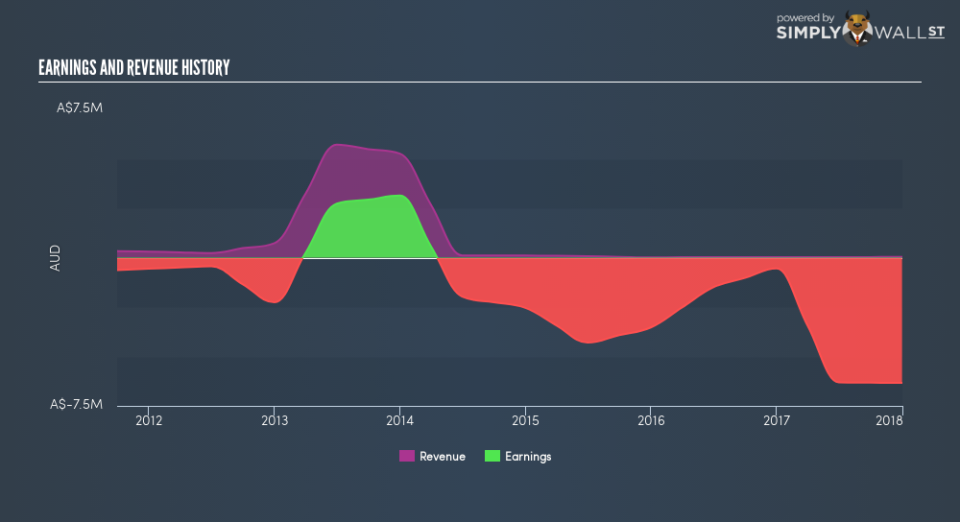Should You Be Holding Helix Resources Limited (ASX:HLX) Right Now?

If you’re interested in Helix Resources Limited (ASX:HLX), then you might want to consider its beta (a measure of share price volatility) in order to understand how the stock could impact your portfolio. Modern finance theory considers volatility to be a measure of risk, and there are two main types of price volatility. The first category is company specific volatility. This can be dealt with by limiting your exposure to any particular stock. The other type, which cannot be diversified away, is the volatility of the entire market. Every stock in the market is exposed to this volatility, which is linked to the fact that stocks prices are correlated in an efficient market.
Some stocks see their prices move in concert with the market. Others tend towards stronger, gentler or unrelated price movements. Beta is a widely used metric to measure a stock’s exposure to market risk (volatility). Before we go on, it’s worth noting that Warren Buffett pointed out in his 2014 letter to shareholders that ‘volatility is far from synonymous with risk.’ Having said that, beta can still be rather useful. The first thing to understand about beta is that the beta of the overall market is one. A stock with a beta below one is either less volatile than the market, or more volatile but not corellated with the overall market. In comparison a stock with a beta of over one tends to be move in a similar direction to the market in the long term, but with greater changes in price.
Check out our latest analysis for Helix Resources
What HLX’s beta value tells investors
Looking at the last five years, Helix Resources has a beta of 0.80. The fact that this is well below 1 indicates that its share price movements haven’t historically been very sensitive to overall market volatility. This suggests that including it in your portfolio will reduce volatility arising from broader market movements, assuming your portfolio’s weighted average beta is higher than 0.80. Many would argue that beta is useful in position sizing, but fundamental metrics such as revenue and earnings are more important overall. You can see Helix Resources’s revenue and earnings in the image below.
How does HLX’s size impact its beta?
With a market capitalisation of AU$11.8m, Helix Resources is a very small company by global standards. It is quite likely to be unknown to most investors. It is not unusual for very small companies to have a low beta value, especially if only low volumes of shares are traded. Even when they are traded more actively, the share price is often more susceptible to company specific developments than overall market volatility.
What this means for you:
One potential advantage of owning low beta stocks like Helix Resources is that your overall portfolio won’t be too sensitive to overall market movements. However, this can be a blessing or a curse, depending on what’s happening in the broader market. This article aims to educate investors about beta values, but it’s well worth looking at important company-specific fundamentals such as Helix Resources’s financial health and performance track record. I urge you to continue your research by taking a look at the following:
Financial Health: Are HLX’s operations financially sustainable? Balance sheets can be hard to analyze, which is why we’ve done it for you. Check out our financial health checks here.
Past Track Record: Has HLX been consistently performing well irrespective of the ups and downs in the market? Go into more detail in the past performance analysis and take a look at the free visual representations of HLX’s historicals for more clarity.
Other High-Performing Stocks: Are there other stocks that provide better prospects with proven track records? Explore our free list of these great stocks here.
To help readers see past the short term volatility of the financial market, we aim to bring you a long-term focused research analysis purely driven by fundamental data. Note that our analysis does not factor in the latest price-sensitive company announcements.
The author is an independent contributor and at the time of publication had no position in the stocks mentioned. For errors that warrant correction please contact the editor at editorial-team@simplywallst.com.

